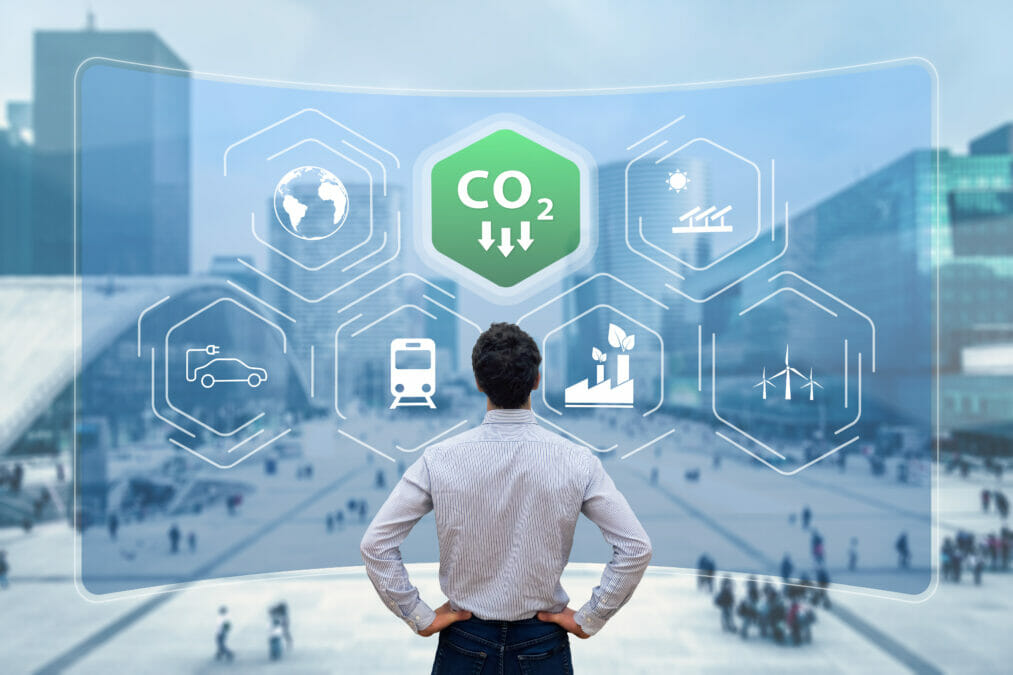Water is critical for healthy ecosystems and human survival, yet it can be equally life-threatening. Nearly 30% of the world’s population lack access to sanitary water and one and a half billion people are facing flood risks. Climate change heightens both of these issues.
The summer of 2021 bore witness to countries across the globe being impacted by devastating and unprecedented floods. Although we cannot turn back the clock on our actions, which have created the climate catastrophe we are faced with today, we can work bring together technology and people to prevent the situation from deteriorating further and begin to reverse the harm we have caused.
Technology fit for a crisis
To effectively respond to climate events, agencies, cities and, in some cases, different countries need a centralised communications infrastructure, which is secure, intelligent, and reliable to enable collaboration.
A critical event management platform can ingest critical event information from cyber, IT, weather, physical security, and Internet of Things (IoT) sensor systems, as well as other channels. Once a crisis has been identified, it can invoke predefined alert response protocols to gather the appropriate response teams to collaboratively respond.
Once these next steps have been agreed, the platform can then be used to initiate communications to targeted audiences through pre-configured communication channels. This includes accounting for the safety of individuals, and gathering situational intelligence as the crisis develops and through into the recovery phase.
Embracing new technology for incident planning and response, which leverages a range of personal and public delivery methods, is bi-directional, and aggregates multiple data sources, improves response and resiliency helping to save lives.
In this digital age, we need to move swiftly into the future of emergency management, where real-time comms connect to any endpoint, securely.
Responsible Tech Series 2021 Part 2: how tech can lend itself towards sustainability worldwide
A prevention-first approach
As a society living with the results of climate change, we must begin to leverage autonomous technologies to enable public safety. Technologies that monitor the environment for signs of impending danger, such as flood risks, and proactively alert communities to risks so timely action can be taken. These technologies gather significant amounts of data, continuously, and take intelligent action based on the data.
Collaboration through the cold
Last year, Texas was the hardest hit of all the US states by winter storms and freezing temperatures, prompted by a ‘topsy turvy’ polar vortex. The state experienced widespread power outages, with many forced to evacuate their homes following burst pipes and power outages. Deploying a widespread company alert, to send a weather warning to those who may be affected, was pivotal to stopping a severe weather event developing into a humanitarian crisis. This assisted many workers during the cold winters in Texas last year.
One of my colleagues was left without power and dealing with burst pipes in his apartment. He and his wife were forced to evacuate, but had nowhere to go – hotels were fully booked, and they had no family nearby. He reached out to his manager and asked if they could stay in the BlackBerry office that night.
Outside, the situation continued to worsen, as critical infrastructure broke down unable to handle the extreme temperatures. The power outage continued, now coupled with widespread ‘boil water’ advisories. Organisations using an alert system were able to account for the whereabouts of hundreds of employees.
The biggest trends in tech sustainability
Protecting our planet’s future
In the last eighteen months, communities around the world have been impacted by a range of major events, from flood, to wildfires, and a pandemic. It is clear that all organisations need to be ready to adapt and respond to planned and unplanned incidents. Having a critical event management strategy and solution can save lives and keep your organisation running.
Written by Neelam Sandhu, senior vice-president, chief elite customer success officer at BlackBerry










